The Los Angeles County Museum of Art (LACMA) has a particularly good lineup of classic and neo noirs this month.
“Rear Window” (1954) 1 p.m. Tuesday, July 12
“Pickpocket” (1959) 7:30 p.m. Saturday, July 16
“Bay of Angels” (1963) 9 p.m. Saturday, July 16
“The Letter” (1940) 1 p.m. Tuesday, July 19
“The Honeymoon Killers” (1970) 7:30 p.m. Thursday, July 21
“In a Lonely Place” (1950) 7:30 p.m. Friday, July 22
“The Long Goodbye”(1973) 9:15 p.m. Friday, July 22
“Mulholland Dr.” (2001) 7:30 p.m. Saturday, July 23
“The Lady from Shanghai” (1948) 7:30 p.m. Friday, July 29
“The Conformist” (1971) 9:10 p.m. Friday, July 29
Tickets range from $2 for the matinees to $10 for evening double features ($5 for one film only). Discounts for LACMA members and seniors. For tickets, call 323-857-6010 or visit the web site; there is a $2 charge to buy online. For synopses of the movies, see LACMA’s listings. LACMA is at 5905 Wilshire Blvd., Los Angeles, 90036.
Additionally, the Aero Theatre in Santa Monica is running a “Jack Nicholson Noir” double bill on Saturday, July 23, starting at 7:30. The films are Roman Polanski’s “Chinatown” and “The Two Jakes,” which Nicholson directed. The Aero Theatre is at 1328 Montana Ave. General admission is $11; members pay $7. Visit the American Cinematheque for the complete schedule.
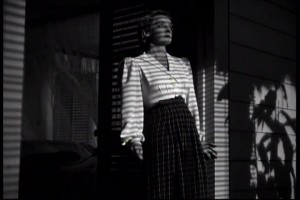





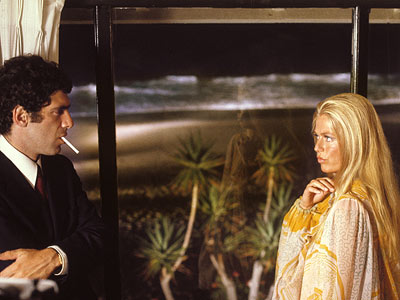
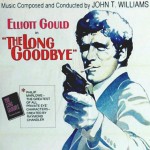
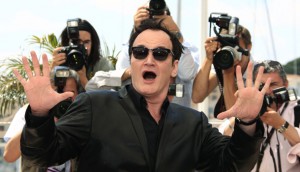
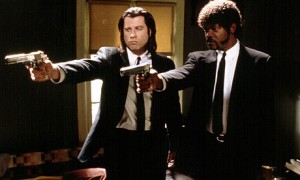
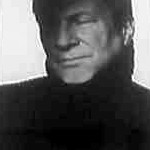



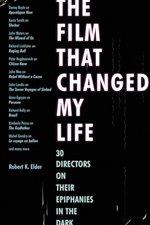
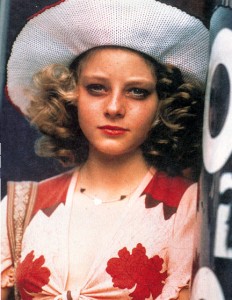
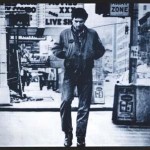





From FNB readers